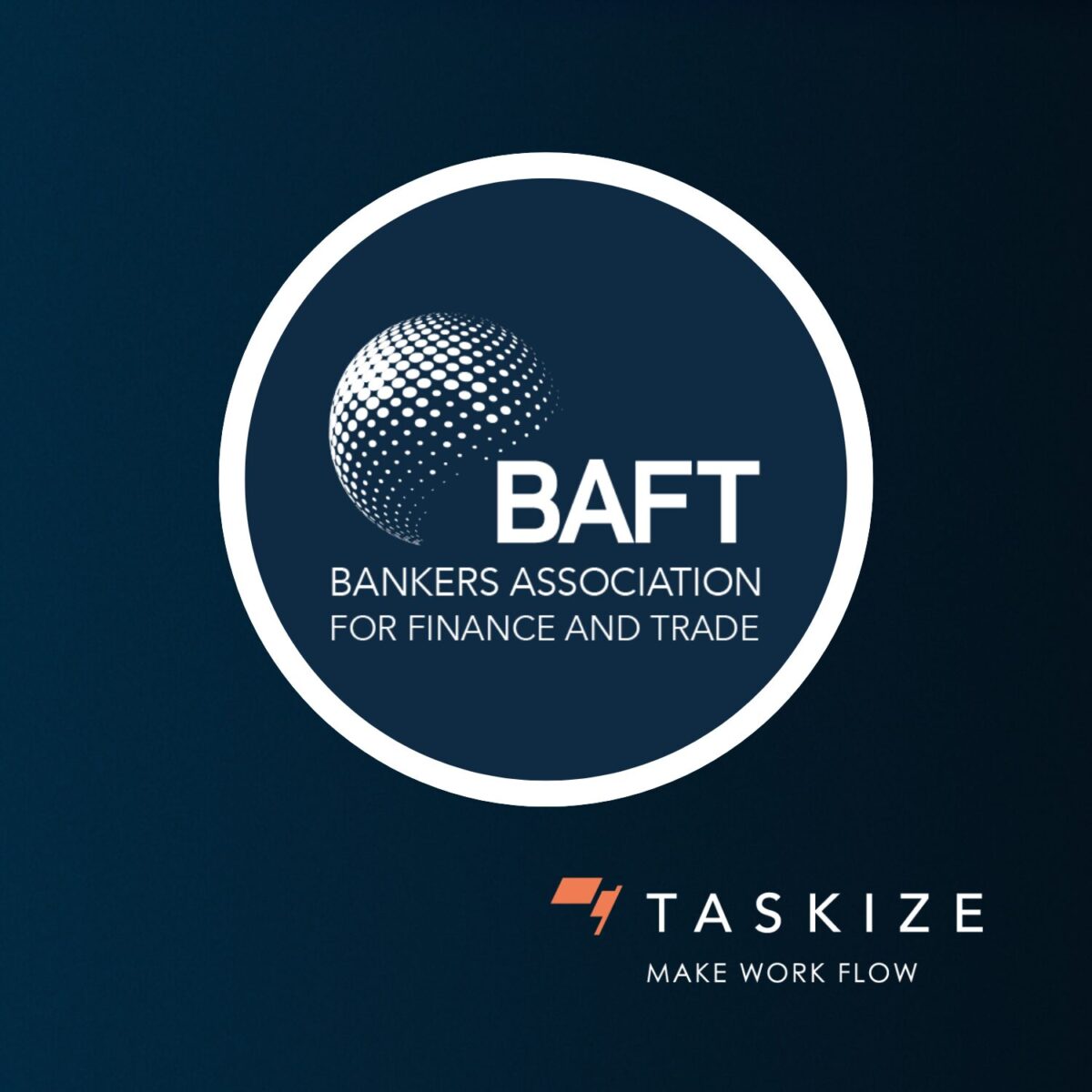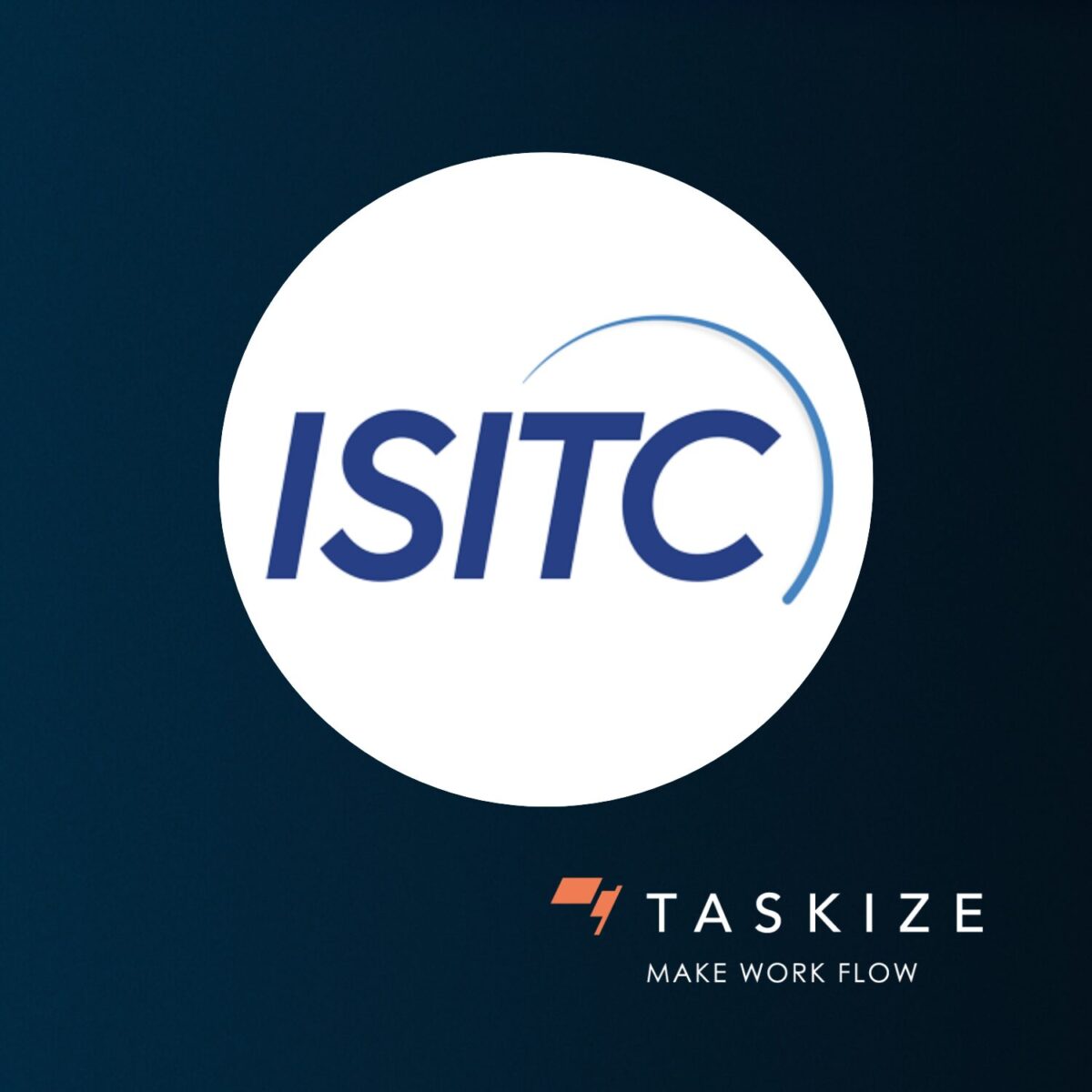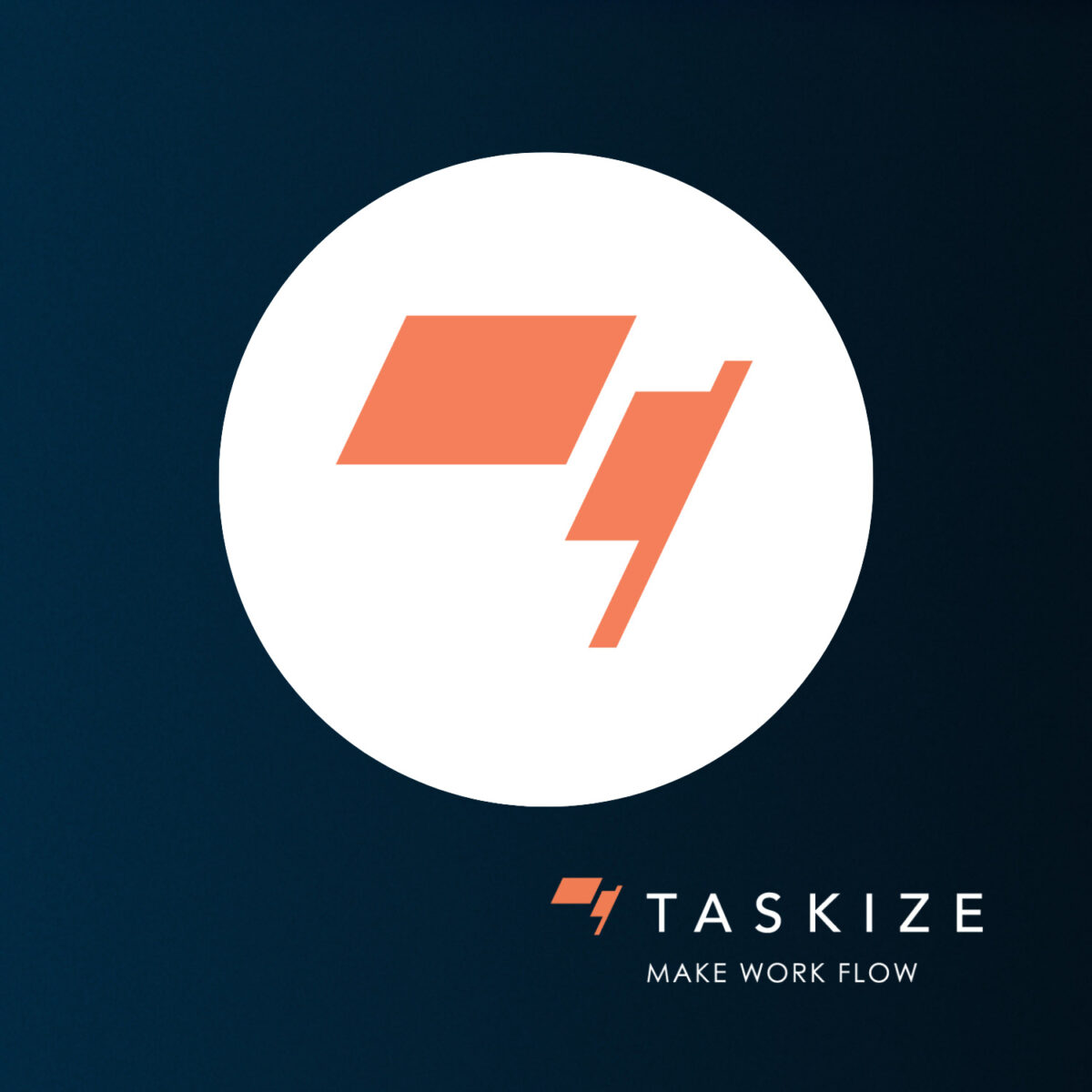Events & Webinars
What’s the biggest threat facing the world today? According to the World Economic Forum[1], it’s extreme weather events, for the third year running. But over the previous decade, six different risks were reckoned most urgent. What’s the biggest threat facing your firm? Most surveys agree cybersecurity is the biggest risk to the finance sector, but five years ago regulatory burdens or FinTech disruption might have held top rank. Today, regulatory pressures seem more manageable, not least because RegTech innovators are helping to resolve them via digital technologies such as APIs, cloud, robotics and artificial intelligence.
[pullquote type=”left”]Support the expectations of customers and counterparties across the financial supply chain.[/pullquote]
Both risks and opportunities change over time of course. But right now the sources of uncertainty are so many and varied as to make even medium-term planning something of a luxury. Change is the only constant you might say. However, there are perhaps three areas undergoing change so profound as to change our assumptions on a permanent basis. In combination, the power, speed and unpredictability of these shifts demand a coherent, long-term response by financial institutions informed by agility, flexibility and transparency.
First, inevitably, there is technological change. Even for those of us that have spent all our professional lives building processes and platforms from the best available technology, it is hard to keep up with or understate the pace and scope of technology innovation. The sourcing, location and interaction of platforms are becoming more fluid; while processes are being streamlined then re-engineered to be executed by machine, not hand. This enables higher levels of specialization and customization – precision tools for niche tasks – within a flexible, open architecture that is easily monitored and adjusted by expert teams to reflect new business realities. The WEF calls this the fourth industrial revolution and like all revolutions, the experience can be unsettling and imperfect. As such, our approach and our solutions have to be grounded in reality.
[pullquote type=”right”]It’s about business models that allow choice based on the ability to meet needs efficiently and effectively.[/pullquote]
No one needs reminding that finance sector regulation has stepped up a gear or two over the past decade to better protect customers and reduce systemic risks. Some reforms can be seen as an inevitable tightening up of pre-crises regimes, such as increased and more standardised reporting, higher costs for higher risks, and more automation from front to back office. These have far-reaching implications for the systems and processes embedded in the complex operating infrastructures of financial institutions. But so do other regulatory changes, such as the mandatory use of APIs to exchange transaction data under Europe’s Payment Services Directive, and similar pro-competition and innovation initiatives across the globe.
Closely allied to these shifts is the growing influence on our professional lives in the finance sector of our own personal experience of digitally-enabled business models. We now expect to communicate and transact in the B2B financial sector with the same speed, simplicity and transparency with which we chat to family and friends, arrange holidays, watch films, book nights out etc. But this isn’t just about personal gratification; it’s about business models that allow choice based on the ability to meet needs efficiently and effectively. This is the new basis for competition and should ensure our operations can support the expectations of our customers and counterparties across the financial supply chain.
In this environment, it’s hard to know what’s round the corner. Across the buy- and sell-side, many firms are reappraising their operating and business models. But have they changed enough? Banks may have co-opted FinTech to support their reinvention, but how will they handle big tech’s further encroachment onto their turf, as noted recently by the Bank for International Settlement[2], or the continuing shift of investment flows east and south? Refinitiv’s Q1 2019 analysis of investment banking revenues – down to US$22.8 billion from US$26.5 billion in Q1 2018 – suggests much work remains. Earlier this week, the International Monetary Fund cut its 2019 global growth forecast to 3.3%, the weakest level since the financial crisis. It’s too early to suggest that ‘asset price collapse’ might reclaim the top spot it held in WEF’s global risk rankings in 2008-10. Or is it?
Even when accompanied by swirling headwinds, clouds can have silver linings. Some observers suggest the times are now ripe for active managers to show their worth as the QE era fades. Similarly, many banks are emboldened and energized by the bracing competition they now face, confident that their FinTech alliances and investments can bolster traditional assets and expertise.
[pullquote type=”left”]New solutions require minimal IT support to add value.[/pullquote]
Financial institutions are learning the core principles of how to operate in a constant state of alert, ready to shift their weight quickly to address any opportunity or threat. The tools and the building blocks are already there to empower staff and support this shift. Indeed it is becoming ever easier: ‘plug and play’, not ‘rip and replace’ is the mantra, as new solutions require minimal IT support to add value – if the underlying supporting infrastructure is sufficiently flexible.
Over the next 12 weeks, we will explore the drivers of change and what they mean for the operating models of global financial institutions. You may have all these bases covered already – but why take the risk? We hope you join us for the journey.
John O’Hara
Co-founder, Taskize
[share title=”Share this Post” facebook=”true” twitter=”true” linkedin=”true” email=”true”]
[1] The Global Risks Report 2019, 14th edition (January 2019)
[2] BigTech and the changing structure of financial intermediation (April 2019)



